Studio Essentials: Francesco Tristano
The Luxembourg-born composer walks us through his key pieces of studio gear.
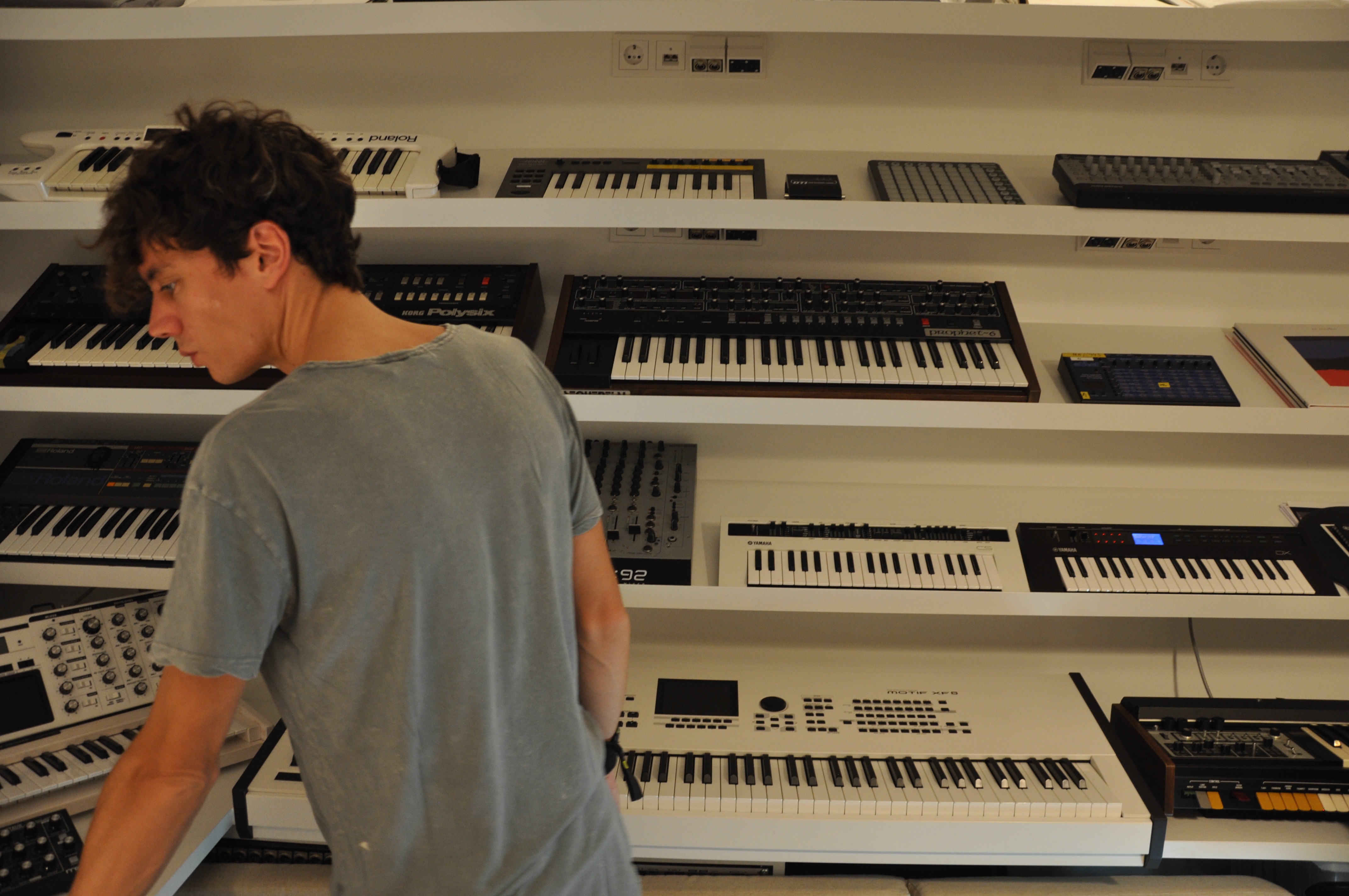
Classy and utterly compelling: Francesco Tristano’s 2015 XLR8R podcast was as captivating as it was reflective of his wonderful artistic abilities. It’s no easy feat to seamlessly blend the classical works of Johann Sebastian Bach with the IDM of Autechre.
Tristano, he explained, has long believed that “ancient (hence acoustic) music shares a lot of aspects with techno,” and much of his career to date has been positioned in one of these two worlds—a consequence, it would seem, of a deep appreciation for composers like Bach, Berio, and more; and a musical education at Juilliard School of New York in the early 2000s. It was during this latter period that techno music first entered his life, sparking a rich period of creativity during which he began leading two separate lives: he spent his days leading The New Bach Players through their Bach readings before visiting one of the city’s nightclubs for the evening.
Since then, he’s gone on to prove himself as an extremely exciting electronic producer while continuing to grow as a classical pianist. After working closely with Agoria on his LP, The Green Armchair, and releasing three solo albums on the InFiné imprint, he went on to publish his own compositions as well as piano versions of Detroit anthems such as Jeff Mills‘ “The Bells” and Derrick May‘s “Strings of Life.” More recently, he teamed up with May on Surface Tension, an eight-track studio album that included May’s first original material in over 20 years. It was, according to Tristano, his “most techno and synth-based project yet.”
Comprised of various Roland and Yamaha synthesizers and a grand piano, Tristano’s Barcelona studio is as beautiful as much of the music that comes out of it. Included below are five of the key pieces of gear that sit within.
Yamaha S-400E Grand Piano (1994)
This is where it all starts.
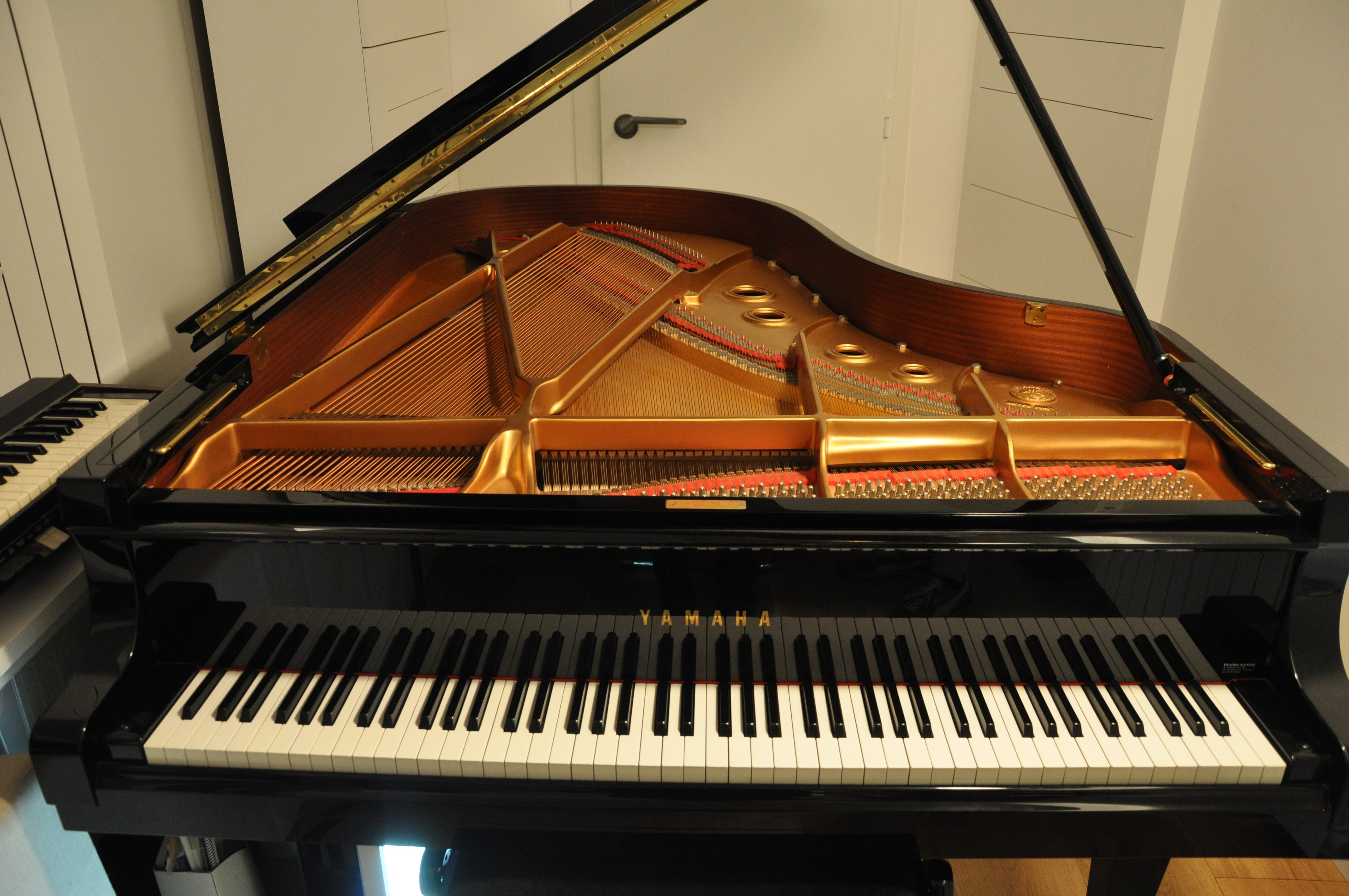
My mother bought this piano for me when I was 11. It is not a concert grand—it wouldn’t fit in this room—but it is the instrument that has accompanied me for as long as I can remember; it has been my companion since 1994. Cool thing is, if the power goes out, the piano will keep sounding. None of the other instruments will. It’s a bit like the Titanic: legend says the orchestra continued playing until the very end.
This is where a lot of my ideas in music start. In the morning, I have my espresso, and I sit at the piano. I might warm up with a piece by Bach, or an improvisation. This improvisation could become an element in a track, in full or in part, once I turn on the gear. I’ve recorded many piano takes for Surface Tension here.
The piano, keep in mind, is an instrument of the future. It has always been. When the modern piano first appeared in the early 18th century, composers didn’t know what to do with it, how to write for it. It was the first keyboard instrument that had a dynamic; it had a massive bass, and a loud hi-end. Over the next two centuries, it became the composer’s favorite instrument; they wrote music for it more than for any other instrument.
The piano is high tech. Guess how many parts a grand piano is made of? Over 10,000. Yamaha is a company that champions the design of the piano like no other. Its latest CFX concert grand model is of incomparable beauty and excellence.
Korg Polysix (1981)
This one I’m very proud of.
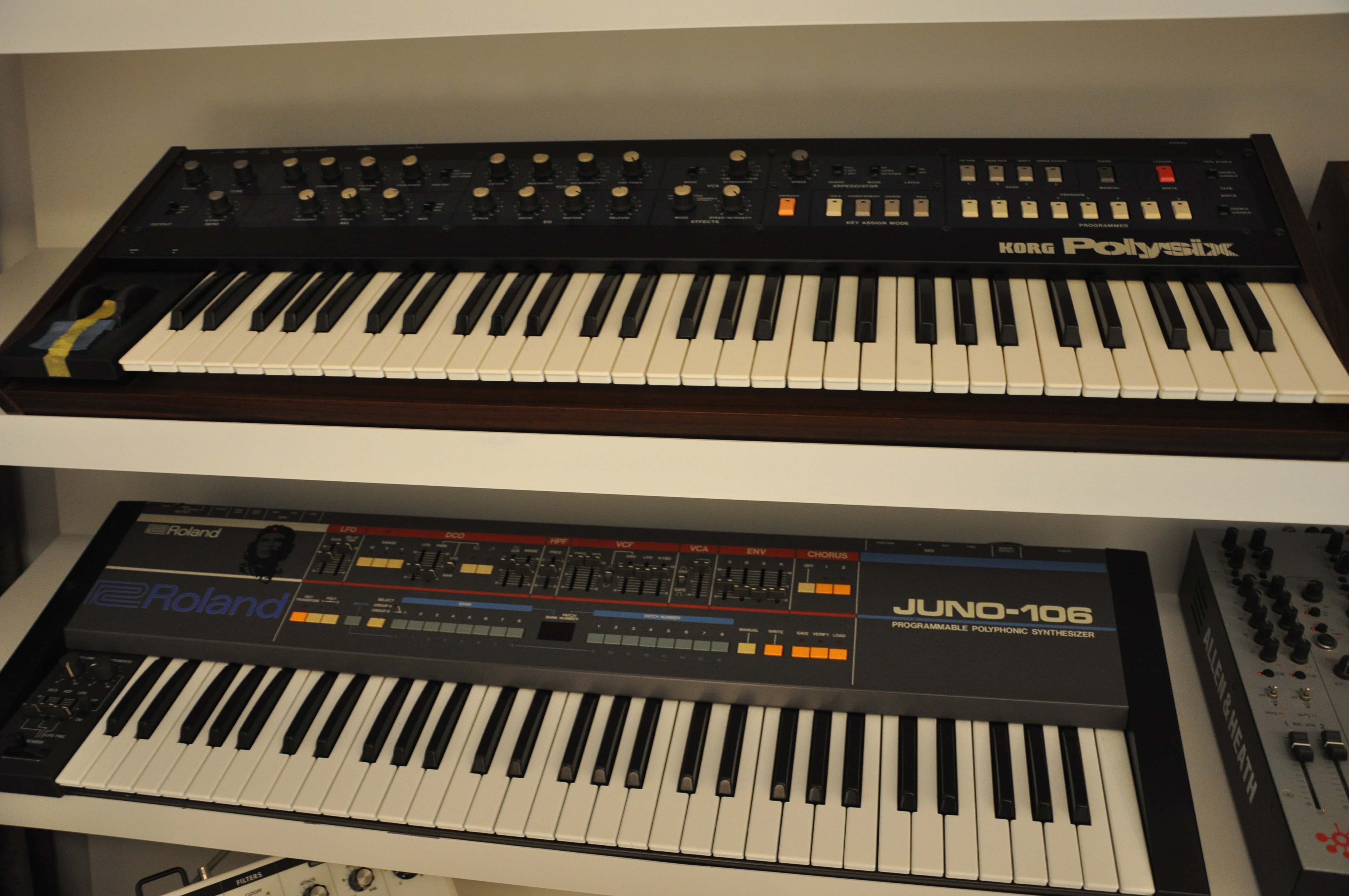
I had been looking for a Polysix for a while when my friend spotted one on a Japanese second hand blog. Soon I traveled to Tokyo and picked it up. It was in pristine condition, with the original receipt and aluminum flycase.
The Polysix has a unique, unmistakable grain. The sound is warm and rounded. Its filter section is organic, as if it made the sounds sing. I love to use it for bass lines, and for pads (it has six-voice polyphony).
Yamaha Motif XF8 WH (2014)
I’ve used the Motif series since the launch in 2001. The last model in the series, XF, is my favorite digital synth to date.
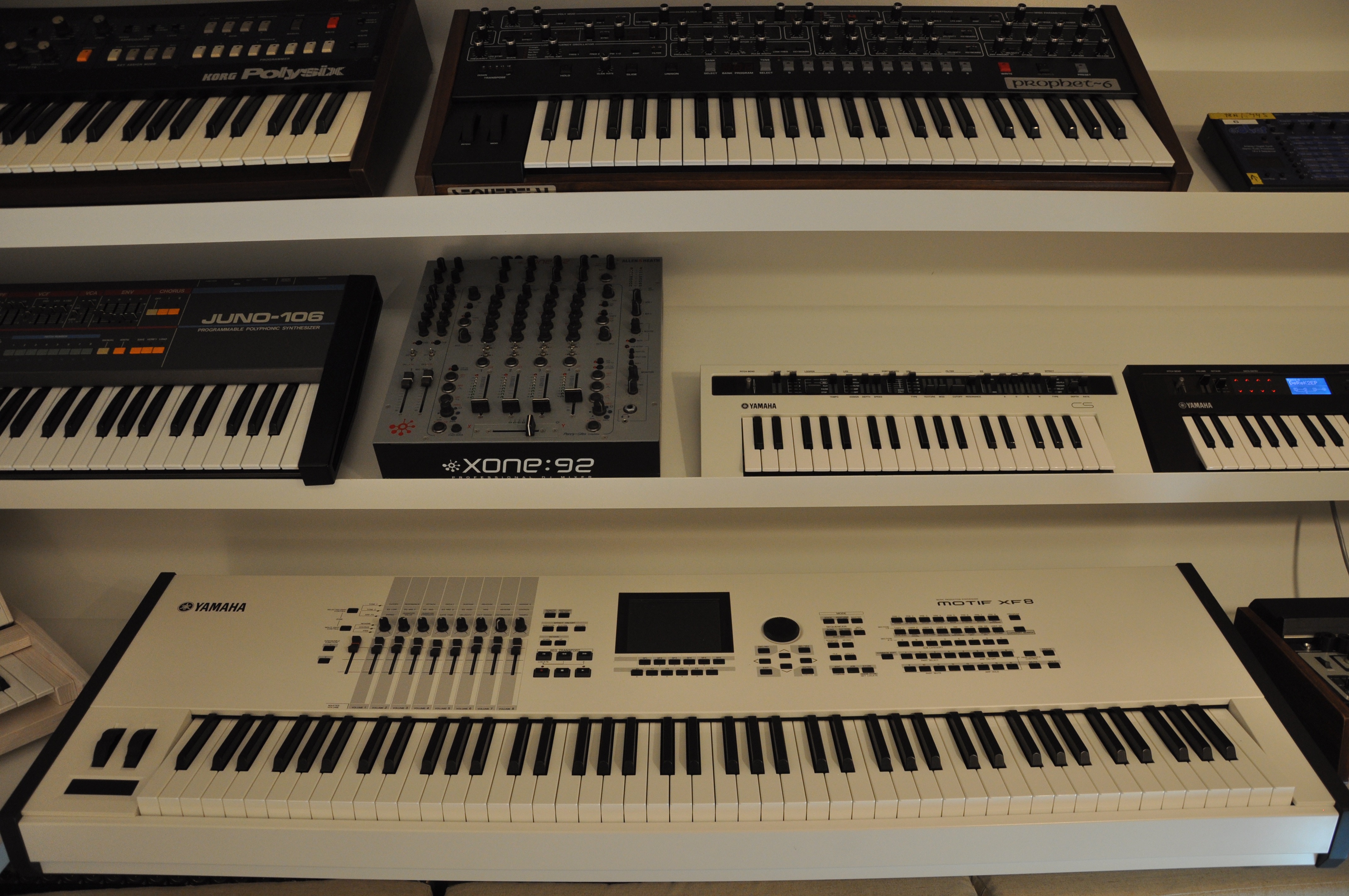
The touch is pretty much the best touch of stage pianos out there. That is, of course, because Yamaha started off as a piano company (in 1887), and this knowledge has been passed onto the synth division. This is important to me. I do use MIDI, but a lot of my music is recorded live.
The AWM2 technology makes for great digital synthesis. Note: the Motif’s descendant, called Montage, adds FM synthesis for an even wider-ranging sonic experience.
The knobs and sliders give you a hands-on feature for sculpturing your sound.
Polyphony is close to an acoustic piano (128 voices).
I couldn’t imagine my room, or my live setup, without this instrument.
Sequential Circuits Prophet -6 (2015)
The Prophet-5 is arguably the best polysynth ever designed.
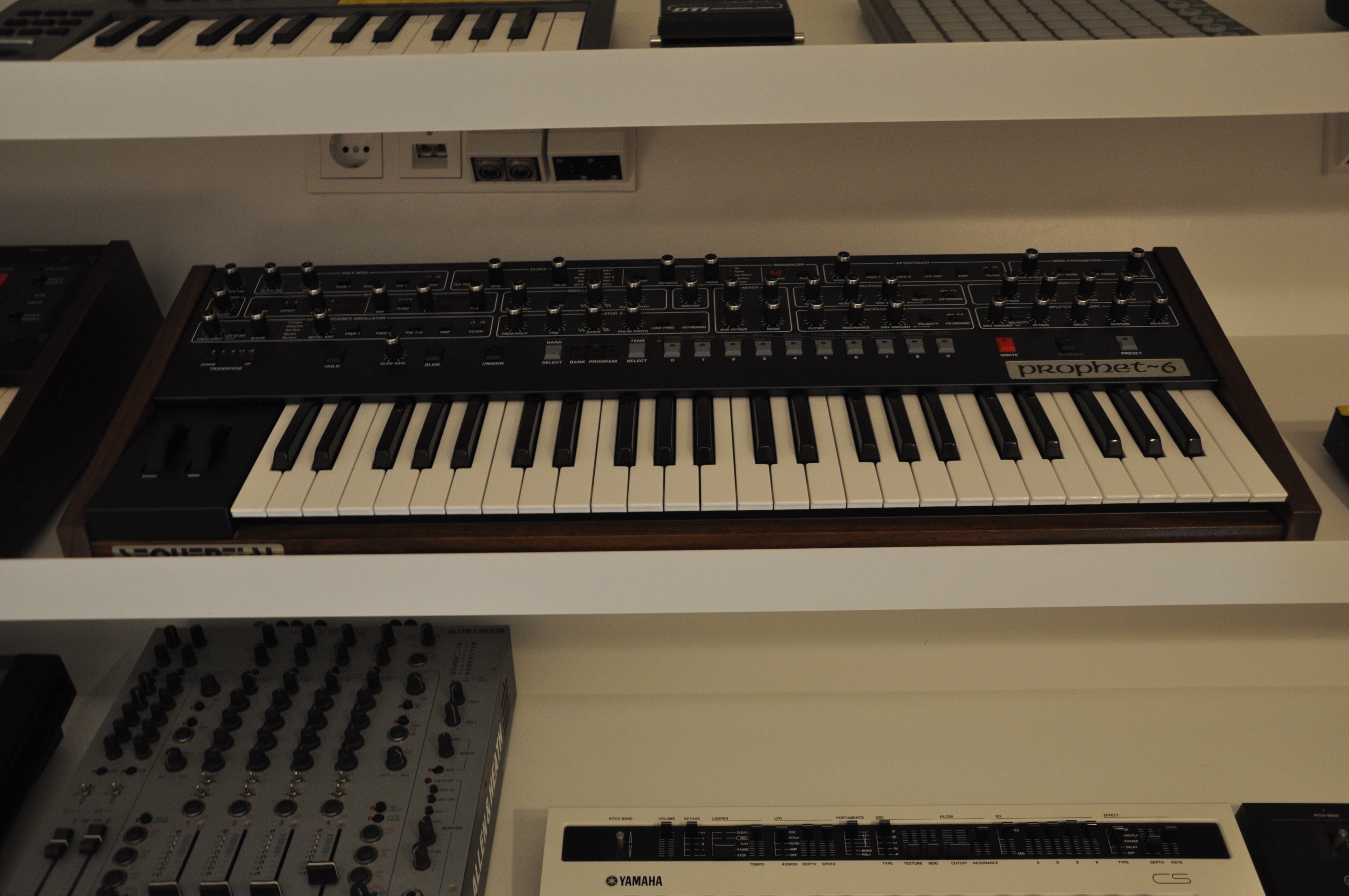
But, as with all vintage gear, it does not come without problems. I was so happy when I read that Dave Smith planned to release a modern, revamped version. Yamaha, which owned the Sequential brand, had granted the original proprietor repossession of the brand name.
The Prophet VI isn’t better than the V. It is different, and is definitely prepared for the current time, with a special eye on live performance. You might also think that the sound is thinner than its predecessor. The step-sequencer is a lot of fun. As are the integrated (digital) effects. The morphing qualities of this piece are infinite.
Yamaha Reface Series (2015)
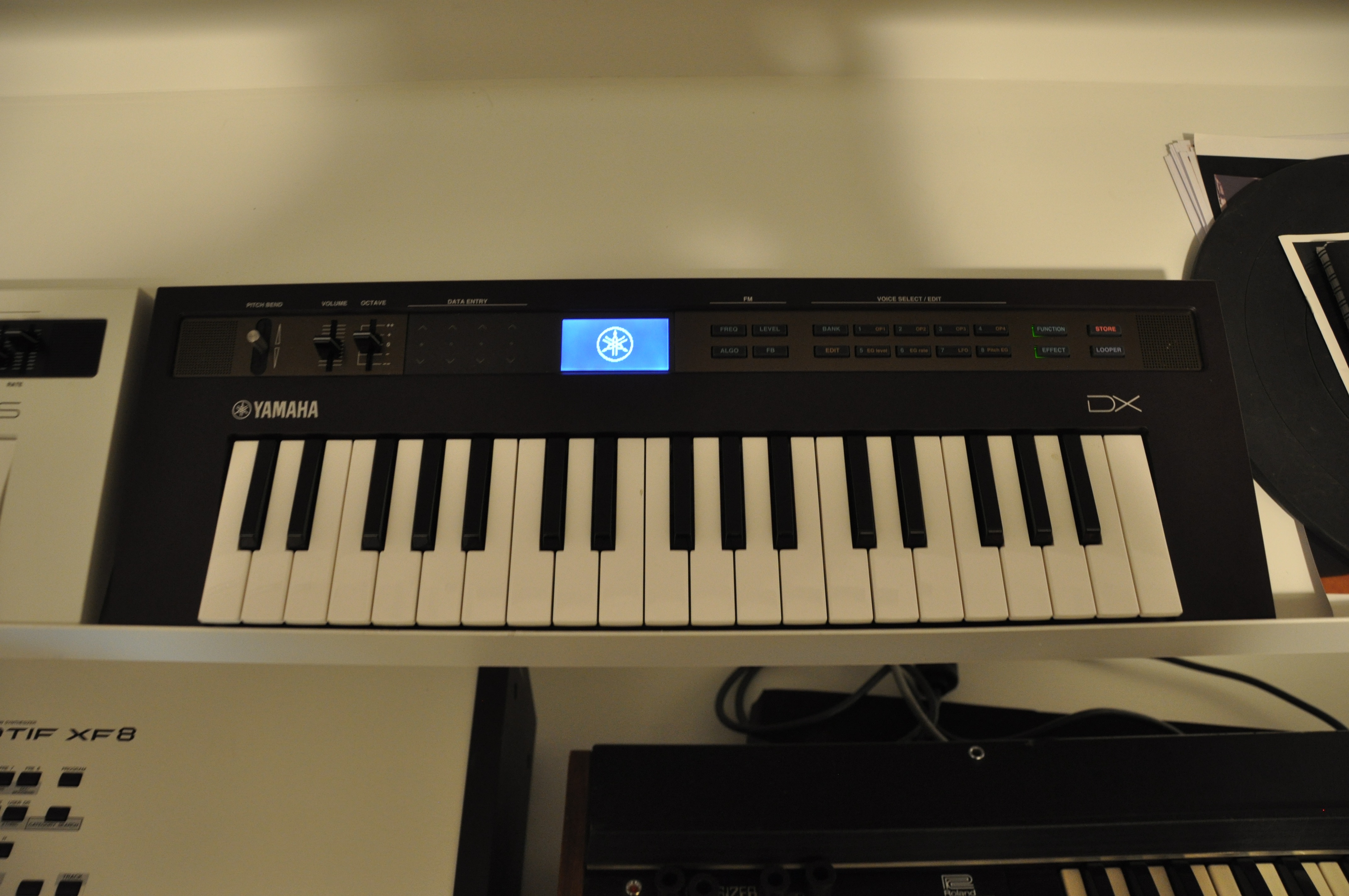
In the current fashion of mini-keyboards, Yamaha’s Reface stands out—because of its dual 1/4” unbalanced line outputs; ecause of its touch (again, thanks to the parent company).
The DX is essentially a DX-100 in a hands-on, user-friendly style. Bye bye to having to shift endlessly to enter the parameters.
This instrument is fun to use! And to play. The CS is a virtual analog gem. Great for creating sound effects, and lead sounds. The resonator is wild. A few on-board effects can give an additional altering quality to the sound. The CP (not pictured) uses a collection of Yamaha’s best sample libraries of vintage stage pianos. The digital delay is essentially a looper and can be used intuitively as a creative element.

